When we think book design, we immediately imagine a beautifully produced front cover. But there is another less obvious aspect to book design that’s so subtle most readers won’t even notice it. This handy guide to typesetting will help you demystify this nearly invisible art.
Proper typesetting is just as crucial to a book’s readability as its editing and content. Unlike those two, however, ineffective typesetting is harder to spot. Instead, it will just leave most readers with a subconscious sense that something is off, repelling them from your otherwise brilliant masterwork.
Let’s explore a few strategies to optimize your book’s readability.
Any Guide to Typesetting Should Begin With Typefaces!
How will your audience read your book? If you’re preparing a printed copy, use a classic serif font for your body text. Not only are serif fonts timeless and elegant, but they’re also easier to parse and scan on the printed page. If you’re preparing a digital text, however, a clean sans-serif typeface is the way to go.
Justify Your Text
Justification is something that many won’t notice until it’s done sloppily — or not done at all. Make sure to justify your body text so that your paragraphs are uniformly square on either side and the words are spaced with proper kerning and tracking. Finally, check to see that your justified text avoids excessive hyphenation.
Mind Your Margins
When spacing your margins, try to imagine what your book will look like as a finished product. You don’t want inner margins so narrow that your text disappears into the spine, and you want to make sure your outer margin is wide enough that readers won’t cover up the text with their fingers. The top and bottom margins, meanwhile, must allow space for the title and page numbers, as well as enough negative space to visually balance out the page.
Indentation and Spacing
Remember to use consistent indentation throughout your manuscript. This will help readers visually parse the information on the page and create a sleek, professional look. Also, opt for line spacing that strikes a balance between readability and economy of space. Too much spacing can make the text feel sparse and jumbled, while too little can be overwhelming and difficult to read.
Chapter Headings
Create visually appealing chapter headings by using larger fonts, bold or italics, and possibly a different typeface to set them apart. Placement is key — make sure your heading is positioned so that it strikes a visual balance between your body text and white space.
Watch for Widows and Orphans
Widows and orphans are words that dangle alone at the top or bottom of a page. While these terms are sometimes used interchangeably, most commonly widows refer paragraph-ending lines that fall at the top of a page, and orphans refer to paragraph-starting lines that fall at the bottom of a page. Current design principles suggest that widows and orphans should be avoided altogether. Orphans can be removed fairly easily, but widows pose more of a challenge. Luckily, many word-processing suites have the ability to eliminate widows and orphans automatically. For more information, please see this article from Google Fonts Knowledge.
There is, of course, much more to your textual layout than this short guide to typesetting can cover in a concise post. But by sticking to these basics, you will already have a leg up on the competition with a bookshelf-ready attractive manuscript. Please also note that this guide to typesetting is most relevant to fiction and narrative non-fiction. Other standards may apply for, say, cookbooks or graphic novels.
At Presto Page, we understand the transformative power of typesetting. Ready to optimize your manuscript for maximum impact? Reach out to our team for a personalized consultation today!

